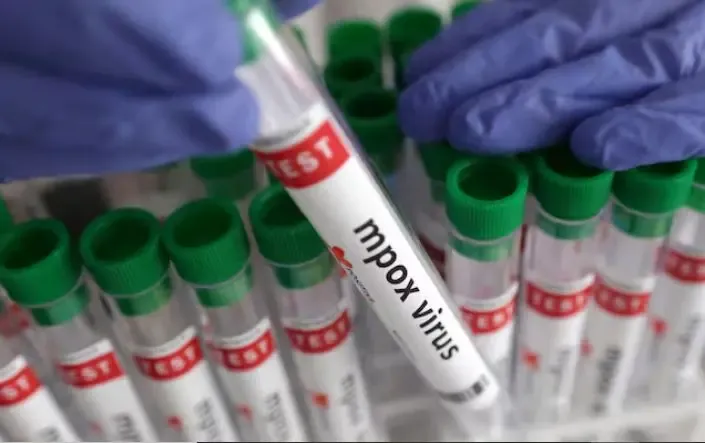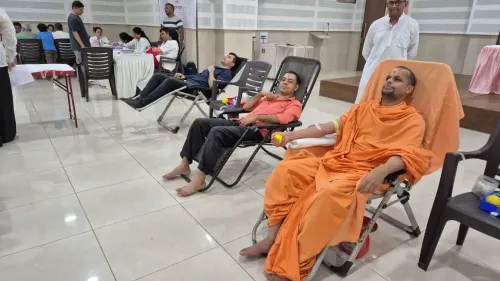Are More Mpox Cases Emerging in Malawi with Lilongwe Leading the Count?

Synopsis
Key Takeaways
- Lilongwe is the epicenter of the ongoing mpox outbreak in Malawi.
- The total number of confirmed cases has reached 128.
- Health authorities are actively engaged in managing the outbreak.
- Transmission occurs mainly through close contact.
- Further research is necessary to understand the virus's spread.
Lilongwe, Oct 7 (NationPress) Malawi is witnessing a rise in cases of mpox disease, with the capital city, Lilongwe, leading the national tally, as per the most recent report from the Public Health Institute of Malawi (PHIM).
Since the initial case was detected on April 17, the total count of infections across the nation has reached 128, with Lilongwe accounting for 104 of these cases. So far, only one mpox-related fatality has been recorded.
On Monday, the PHIM disclosed that two additional cases were diagnosed at separate clinics in Lilongwe: one involving a nine-year-old girl and another involving an 11-year-old girl.
All confirmed cases lack any history of travel outside Malawi, according to the latest update.
Ten districts in the country have reported mpox cases, and health officials are actively combating the outbreak through various strategies, as reported by Xinhua news agency.
Mpox, commonly referred to as monkeypox, is a viral infection that spreads through close contact. Symptoms can include fever, swollen lymph nodes, a sore throat, muscle aches, skin rash, and back pain.
The transmission of mpox primarily occurs from one individual to another through close physical contact, which may involve household members. This includes skin-to-skin and mouth-to-mouth contact, and can also occur during face-to-face interactions that produce infectious respiratory droplets.
Individuals with multiple sexual partners face higher risks of acquiring mpox.
Transmission can also happen via contaminated items such as clothing or linens, through needle injuries in healthcare settings, or in communal environments like tattoo parlors.
During pregnancy or childbirth, there is a risk of passing the virus to the infant. Contracting mpox while pregnant can pose serious risks, including miscarriage, stillbirth, and complications for both the newborn and the parent.
Animal-to-human transmission occurs when infected animals bite or scratch humans, or during activities like hunting, skinning, or cooking. The specific animal reservoir for the monkeypox virus remains unidentified, prompting further research.
Additional studies are required to understand how mpox spreads during outbreaks in various environments and conditions.









